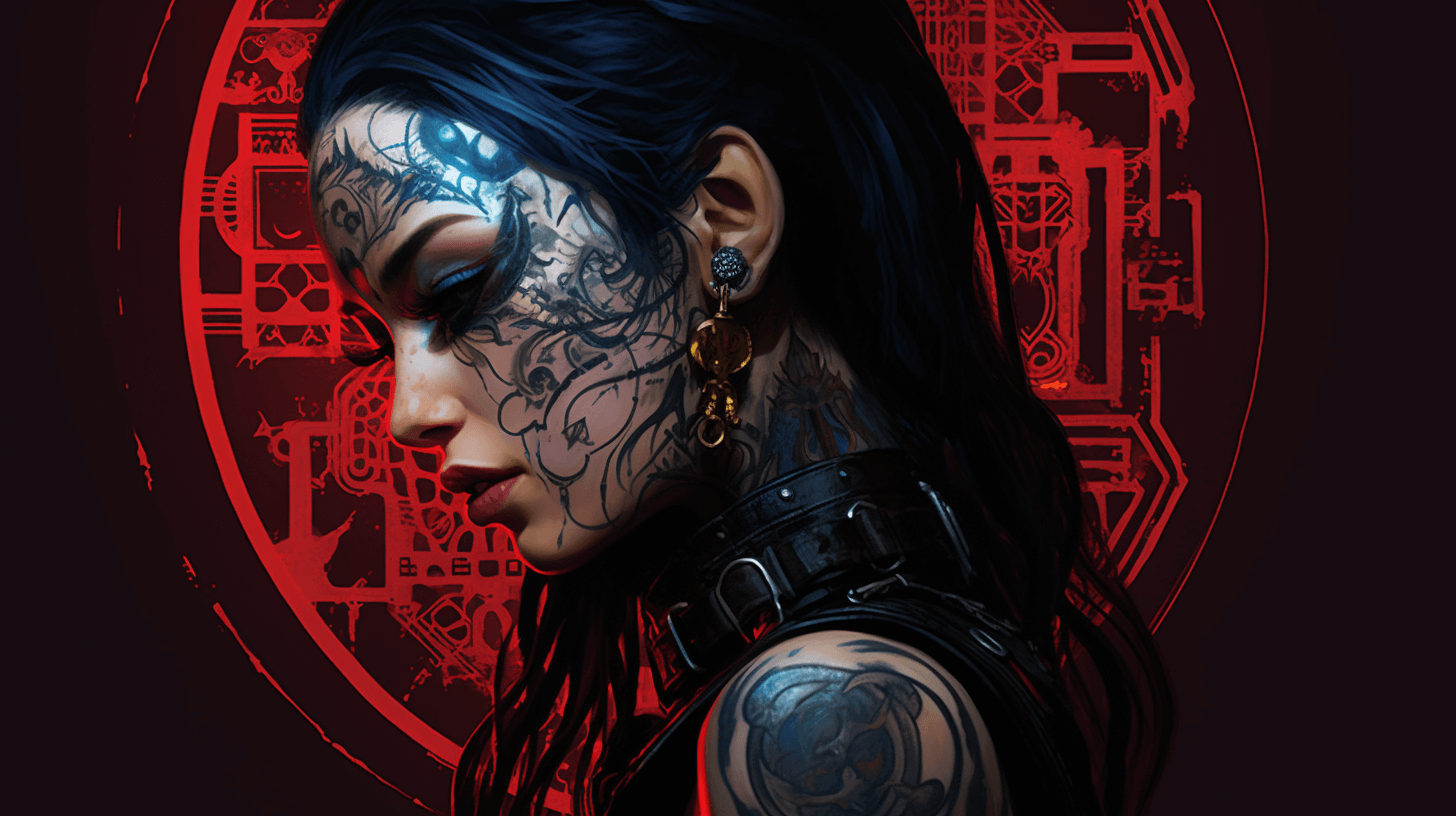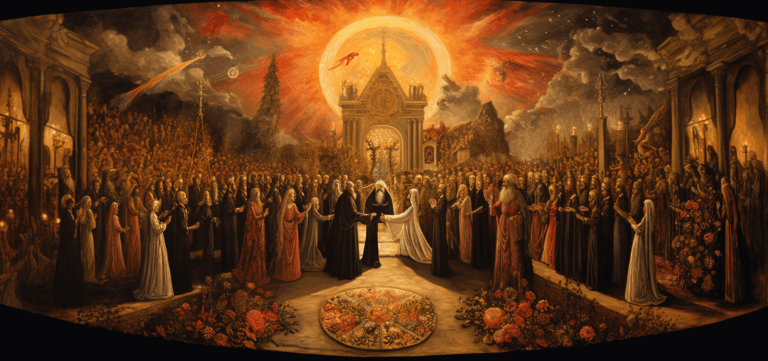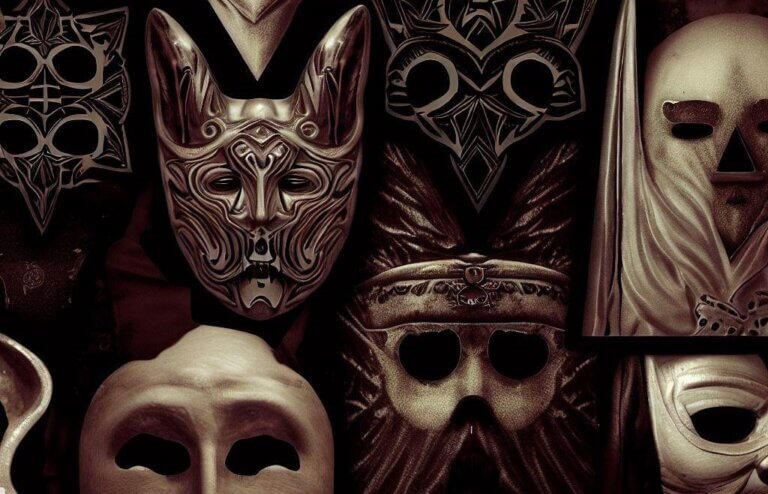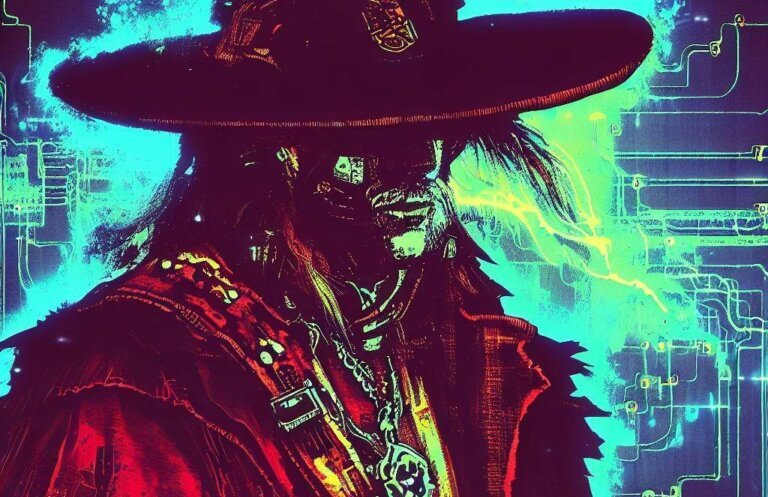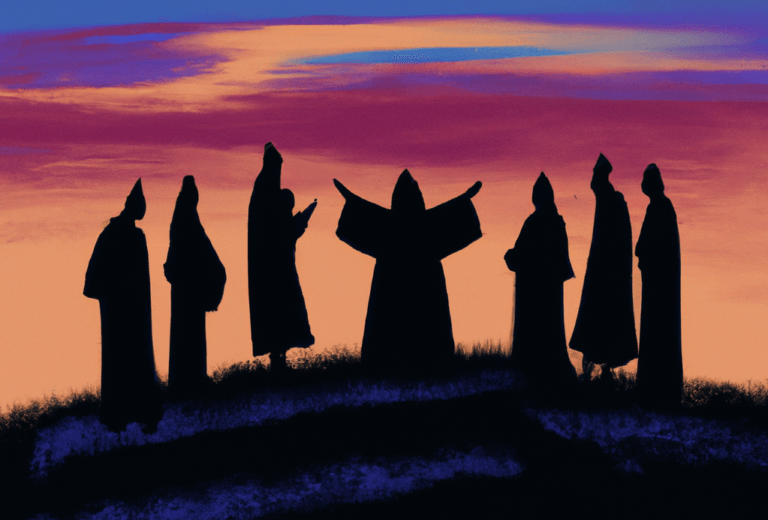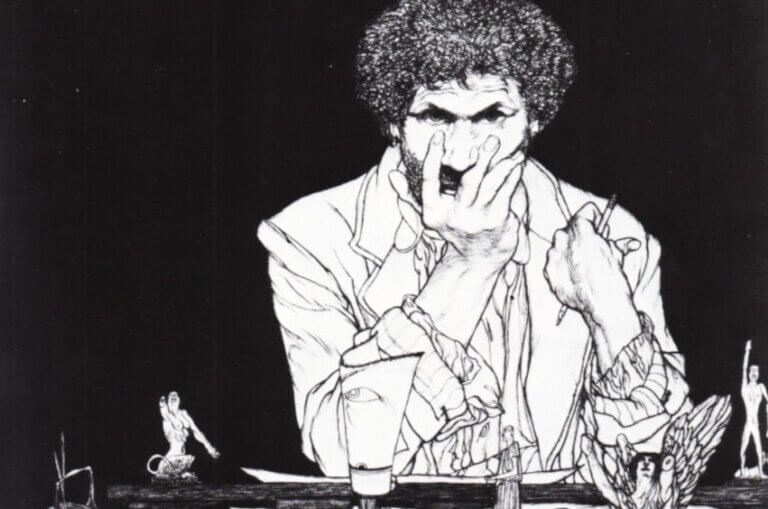A Mark of Mysticism: Unveiling the History of Occult Use of Tattoos
Introduction:
Tattoos have long been more than just decorative body art; they hold deep cultural and historical significance across various civilizations. Beyond their aesthetic appeal, tattoos have also played a significant role in the world of the occult, representing a fusion of art and mysticism. In this article, we delve into the captivating history of the occult use of tattoos, tracing their origins, symbolism, and their enduring allure through the ages.
Ancient Origins:
The roots of occult tattoos can be traced back to ancient civilizations such as Egypt, where inked symbols held sacred meanings. Ancient Egyptian priests and priestesses often adorned themselves with intricate tattoos representing divine protection and religious devotion. These symbolic tattoos served as a bridge between the physical and spiritual realms, channeling the energies of the gods.
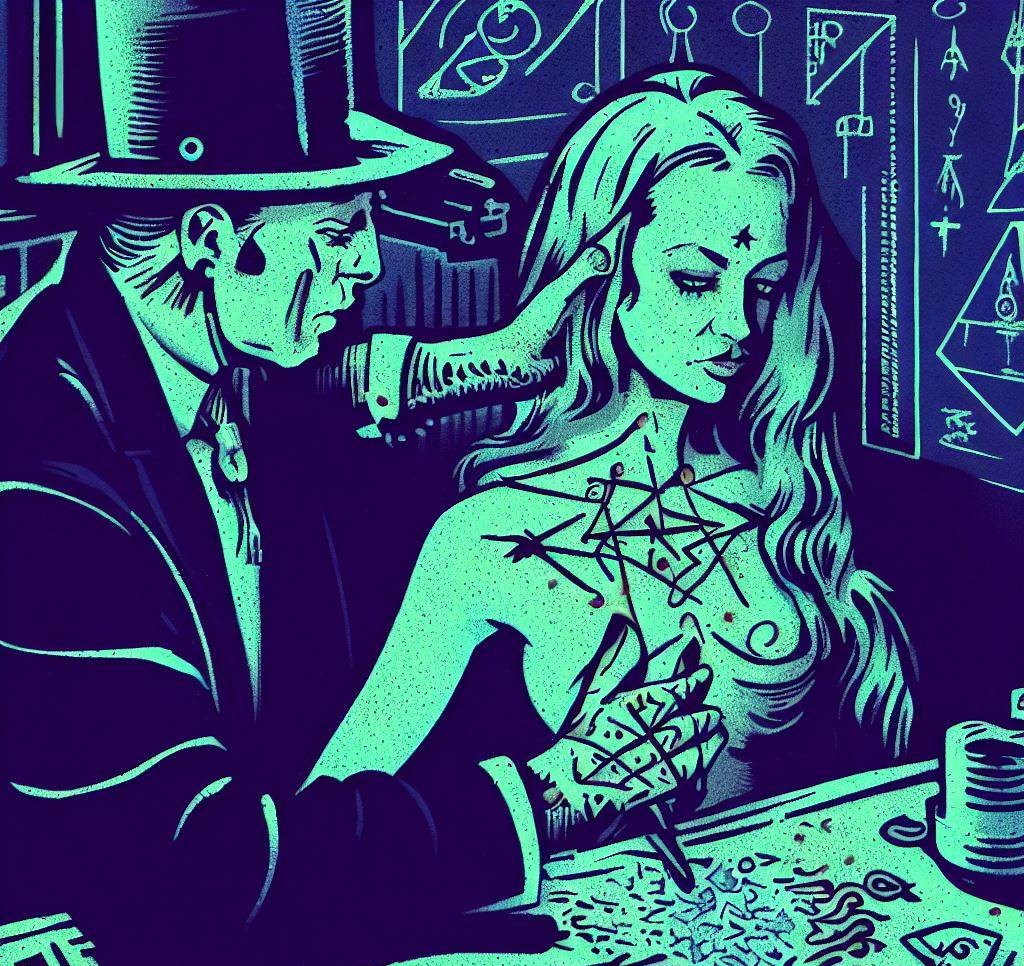
Inked in Myth and Tradition:
Across cultures, tattoos were used as potent tools in rituals and ceremonies. In ancient Greece and Rome, tattoos were engraved with magical symbols to invoke the aid of specific deities or to protect against malevolent forces. Similarly, in Norse mythology, Vikings etched powerful symbols known as “stave” onto their bodies to confer strength and ward off harm.
The Intricate Language of Symbolism:
The occult use of tattoos is intricately connected to symbolic meanings. Various mystical symbols such as pentagrams, sigils, and alchemical emblems found their way onto the skin of practitioners, signifying their allegiance to esoteric knowledge and spiritual practices. These symbols often held deep personal significance, acting as a visual language that transcended mundane communication.
Tribal and Shamanic Influences:
Indigenous cultures around the world have long incorporated tattoos into their shamanic and spiritual practices. From the Polynesian tribes of the Pacific to the Native American tribes, tattoos served as markers of spiritual achievements, tribal affiliations, and rites of passage. These mystical tattoos were believed to enhance one’s connection with the spiritual realm and provide protection and guidance.

Modern Resurgence:
While occult tattoos underwent a decline during certain historical periods, they have experienced a resurgence in recent decades. Modern practitioners of the occult, paganism, and esoteric traditions have embraced the art of tattooing as a means of self-expression and spiritual empowerment. Artists specializing in occult tattoos create intricate designs that reflect the individual’s unique beliefs and practices, allowing them to wear their spirituality proudly.
Beyond the Veil: Contemporary Interpretations:
In the modern era, the occult use of tattoos continues to evolve, incorporating a wide array of esoteric traditions, magical systems, and mystical philosophies. From Wicca and witchcraft to ceremonial magick and chaos magick, occult tattoos serve as personal talismans, encapsulating the wearer’s intentions and aspirations. These tattoos act as reminders of personal transformation, spiritual growth, and the pursuit of arcane knowledge.

Conclusion:
The history of occult use of tattoos is a testament to the enduring connection between body art, spirituality, and mysticism. From ancient civilizations to modern practitioners, tattoos have been employed as sacred symbols, protecting, empowering, and connecting individuals to the realms of the unseen. As the popularity of occult tattoos persists, this captivating fusion of art and mysticism will undoubtedly continue to inspire and captivate those who seek to leave their mark on the world.

